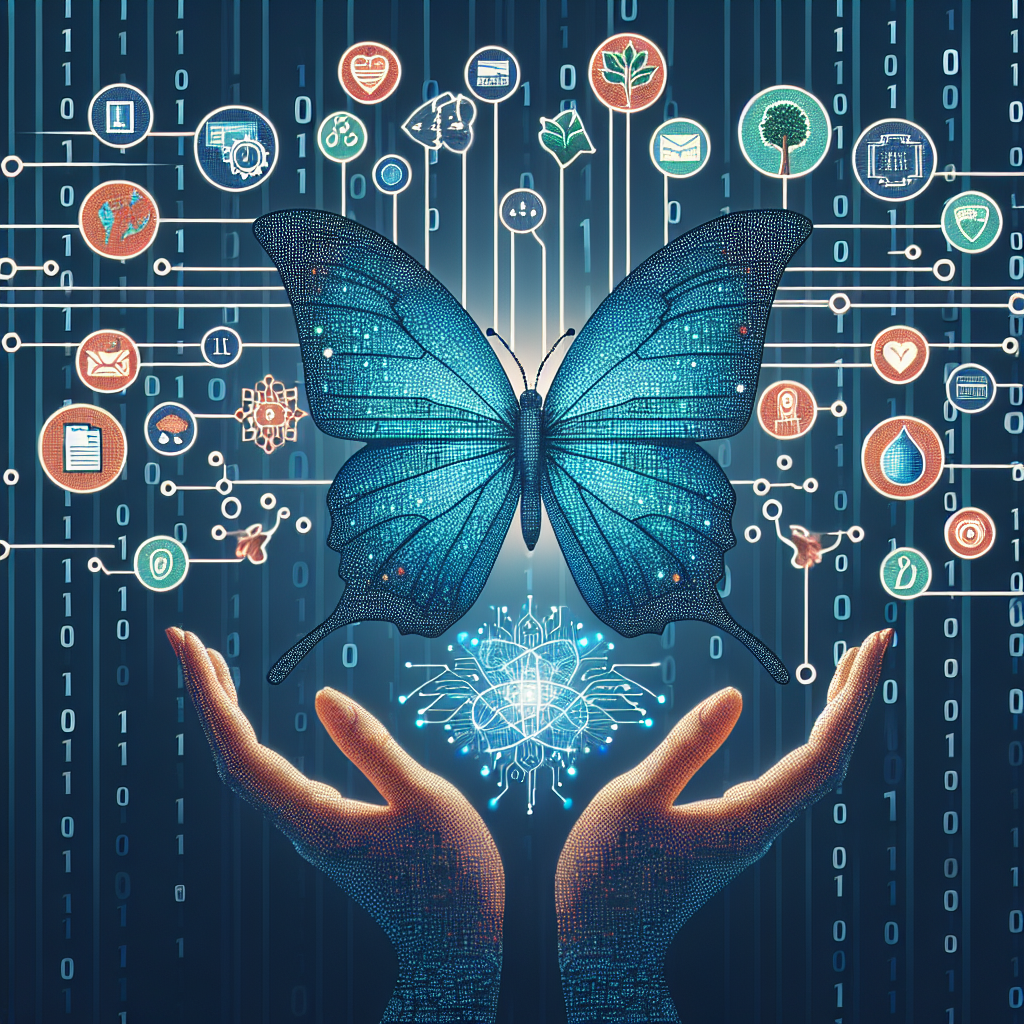The Impact of AI on Nonprofit Technology Adoption and Innovation
Introduction
Artificial Intelligence (AI) has been revolutionizing various industries, from healthcare to finance and beyond. Nonprofit organizations are also beginning to harness the power of AI to improve their operations, enhance their services, and drive innovation in the sector. In this article, we will explore the impact of AI on nonprofit technology adoption and innovation, and how it is transforming the way nonprofits operate and serve their communities.
AI in Nonprofit Technology Adoption
Nonprofit organizations are increasingly turning to AI to streamline their operations, improve decision-making processes, and enhance the services they provide. One of the key areas where AI is making a significant impact is in data analysis and insights. Nonprofits collect vast amounts of data on their operations, donors, and beneficiaries, but often struggle to make sense of this data and derive actionable insights from it. AI-powered analytics tools can help nonprofits analyze their data more effectively, identify trends and patterns, and make data-driven decisions that can improve their performance and impact.
AI is also being used to enhance fundraising efforts by helping nonprofits identify potential donors, personalize fundraising campaigns, and predict donor behavior. AI-powered tools can analyze donor data to identify patterns and trends that can help nonprofits target their fundraising efforts more effectively and maximize their fundraising results. For example, AI can help nonprofits identify donors who are most likely to respond to a particular fundraising appeal, or predict which donors are at risk of lapsing and need to be re-engaged.
AI is also revolutionizing the way nonprofits engage with their beneficiaries and deliver services. Chatbots powered by AI can provide immediate support to beneficiaries, answer their questions, and connect them to the resources they need. AI-powered virtual assistants can also help nonprofits streamline their service delivery processes, reduce administrative burdens, and provide more personalized and efficient services to their beneficiaries.
Overall, AI is enabling nonprofits to operate more efficiently, make better decisions, and deliver services more effectively. By leveraging AI technologies, nonprofits can improve their impact, engage their stakeholders more effectively, and drive innovation in the sector.
AI and Innovation in Nonprofit Technology
AI is also driving innovation in the nonprofit sector by enabling organizations to develop new solutions to complex challenges, improve existing services, and create new opportunities for impact. Nonprofits are increasingly partnering with tech companies, researchers, and other organizations to leverage AI technologies and develop innovative solutions that can address pressing social issues and create positive change in their communities.
One area where AI is driving innovation in the nonprofit sector is in disaster response and humanitarian aid. AI-powered tools can help nonprofits analyze satellite imagery, social media data, and other sources of information to assess the impact of natural disasters, map affected areas, and prioritize response efforts. AI can also help nonprofits predict the likelihood of future disasters, develop early warning systems, and plan more effective response strategies.
AI is also being used to address social and environmental challenges, such as poverty, climate change, and inequality. Nonprofits are leveraging AI technologies to develop innovative solutions that can improve access to healthcare, education, and other essential services, empower marginalized communities, and promote sustainable development. For example, AI-powered tools can help nonprofits analyze healthcare data to identify high-risk patients, predict disease outbreaks, and improve healthcare delivery in underserved communities.
Overall, AI is driving innovation in the nonprofit sector by enabling organizations to develop new solutions, improve existing services, and create new opportunities for impact. By embracing AI technologies, nonprofits can drive positive change in their communities, address complex social challenges, and lead the way in using technology for social good.
FAQs
Q: How can nonprofits get started with AI technology?
A: Nonprofits can get started with AI technology by first identifying their specific needs and goals, and then exploring AI solutions that can help them achieve those goals. Nonprofits can partner with tech companies, researchers, and other organizations to access AI technologies and expertise, or they can invest in building their own AI capabilities in-house.
Q: What are some examples of AI applications in the nonprofit sector?
A: Some examples of AI applications in the nonprofit sector include AI-powered analytics tools for data analysis and insights, chatbots for customer support and engagement, virtual assistants for service delivery, and predictive analytics for fundraising and donor management.
Q: How can AI help nonprofits improve their impact and drive innovation?
A: AI can help nonprofits improve their impact and drive innovation by enabling organizations to operate more efficiently, make better decisions, and deliver services more effectively. AI technologies can help nonprofits analyze data, identify trends and patterns, personalize services, and predict outcomes, leading to improved performance and impact.
Conclusion
AI is transforming the nonprofit sector by enabling organizations to operate more efficiently, make better decisions, and deliver services more effectively. AI technologies are driving innovation in the sector by enabling nonprofits to develop new solutions, improve existing services, and create new opportunities for impact. By embracing AI technologies, nonprofits can drive positive change in their communities, address complex social challenges, and lead the way in using technology for social good.

